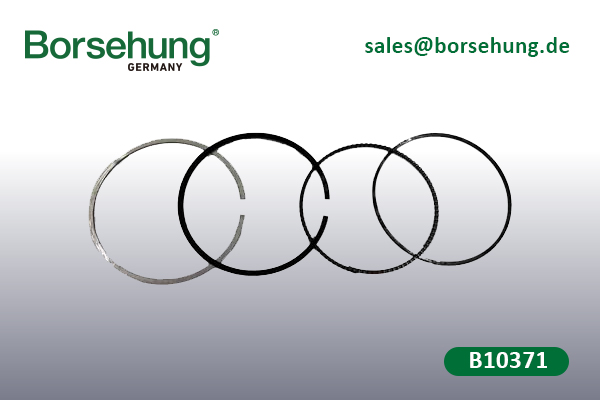Piston ring is a core internal component of the fuel engine of a car. It works together with cylinder, piston, cylinder wall, and other parts to realize sealing of fuel gas. Its functions include sealing, oil regulation, heat conduction, and supporting.
Main functions of a piston ring:
Sealing: The piston ring can effectively prevent high-temperature and high-pressure gases in the combustion chamber from leaking into the crankcase, and ensure high efficiency in compression and power strokes.
Oil regulation: The piston ring controls flow of lubricating oil to ensures that the cylinder wall is covered by an appropriate amount of oil film, thus reducing friction and preventing excessive oil from entering the combustion chamber.
Heat conduction: The piston ring transmits heat from the piston to the cylinder wall and dissipates it through the cooling system to prevent overheating of the piston.
Supporting: The piston ring fixes the piston in the cylinder. It prevents direct contact between the piston and the cylinder wall, guarantees smooth movement of the piston, reduces frictional resistance, and prevents the piston from impacting on the cylinder wall.

Common failures of a piston ring:
Weaker power: Excessive wear of the piston ring may result in insufficient power.
Higher oil consumption: A piston ring failure may cause oil to enter the combustion chamber and lead to an increase in oil consumption.
Exhaust smoke: Abnormal emission of smoke (such as blue smoke) may be a symptom of worn or damaged piston ring.
Suggestions for maintenance of a piston ring:
Check cylinder pressure and oil consumption regularly.
During replacement of the piston ring, remember to check the wear of the cylinder wall. Repair the inner wall of the cylinder or replace the cylinder liner if necessary.

